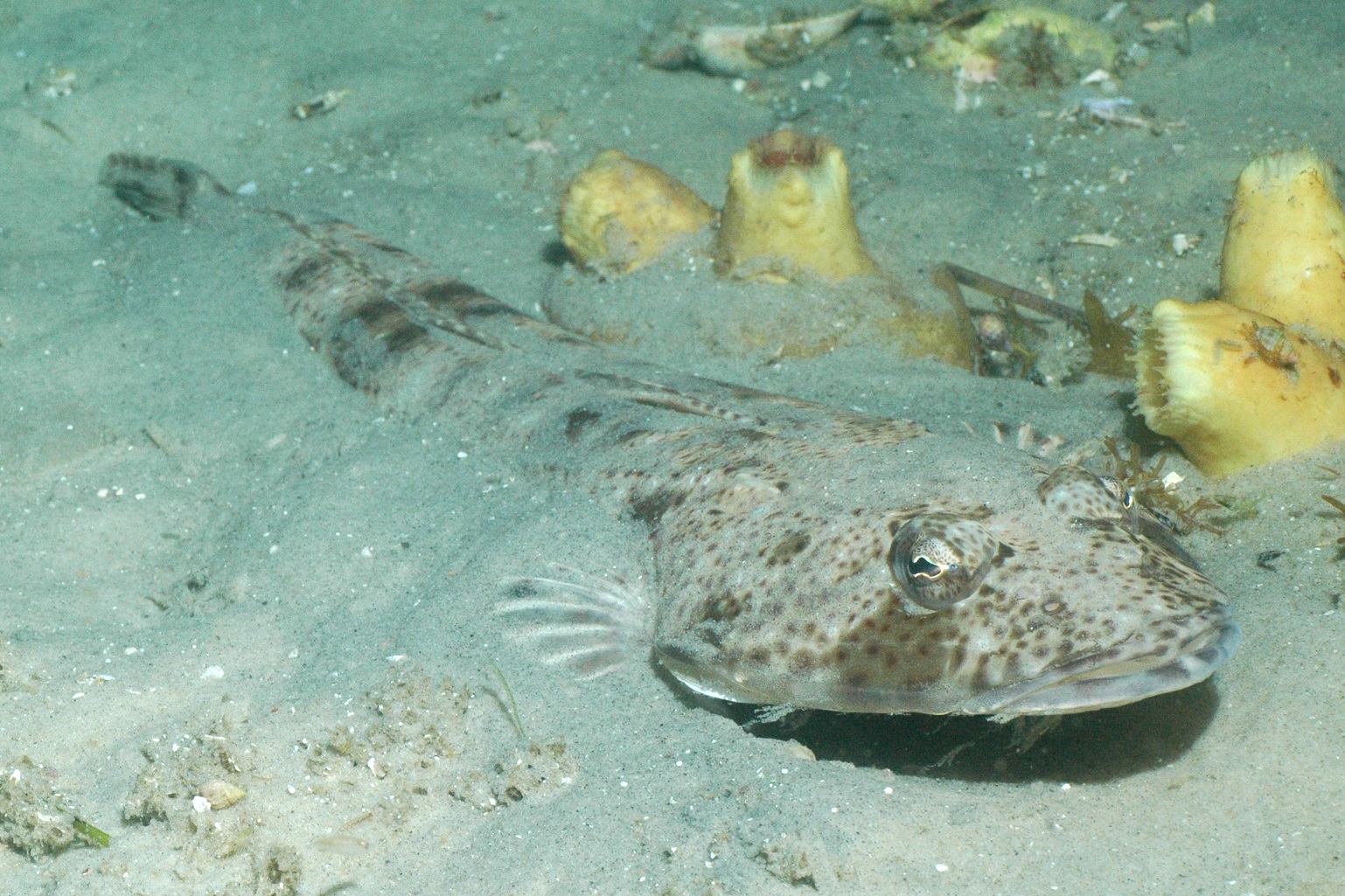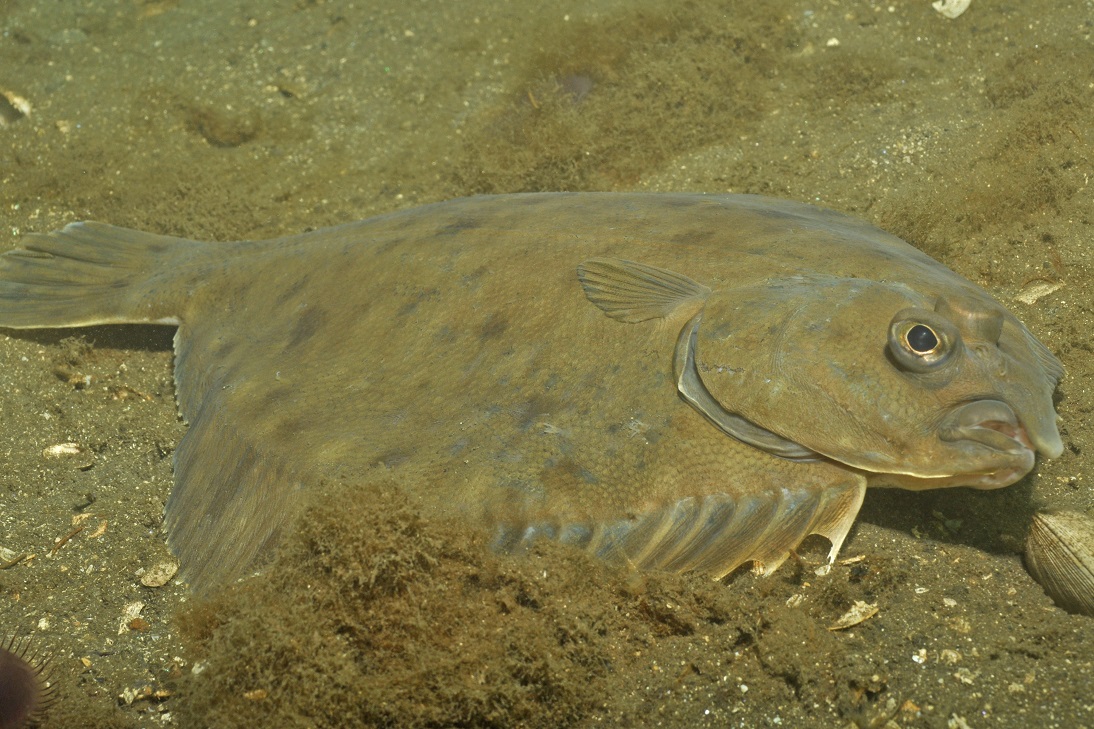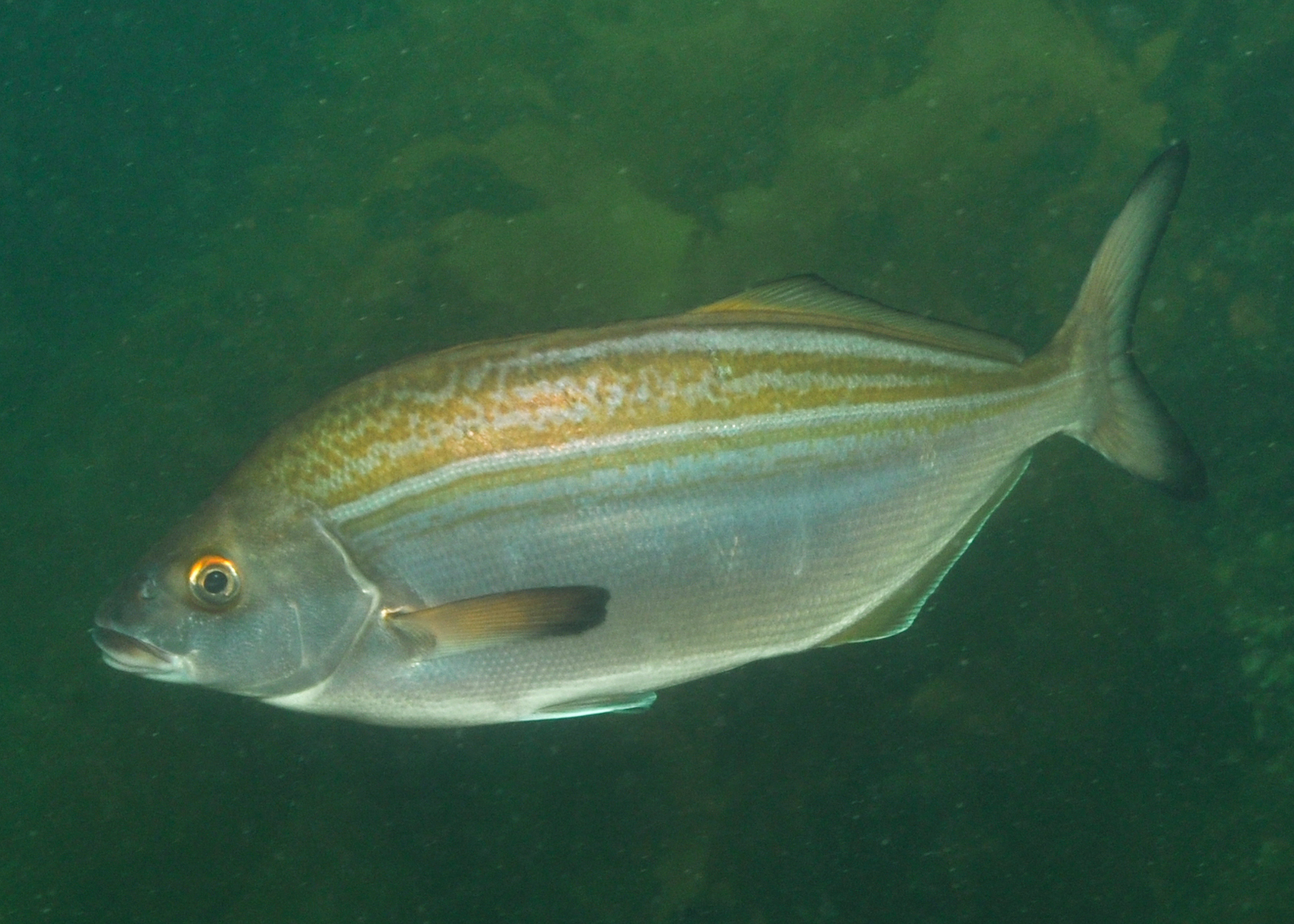
The Tasmanian Scalefish fishery is a multi-species, multi-sector commercial fishery operating in State waters that is managed by the Department of Primary Industries, Parks, Water and Environment (DPIPWE).
The total commercial catch of finfish was around 270 tonnes in 2014/15, a decline of 20 tonnes compared to the previous season.
The highest landings of finfish included Wrasse (81t), Flathead (36t), Southern Garfish (34t), Banded Morwong (30t) and Australian Salmon (23t). Large quantities of Southern Calamari were also landed (76t), particularly from northern areas of the State.
Catches from the recreational fishery were last assessed in 2012/13 and confirmed that the recreational sector accounts for a significant component of the total catch of scalefish, either as a proportion of the total harvest or in absolute quantities taken.
For instance, recreational catches likely exceed commercial catches of Australian Salmon, Blue Warehou, Striped Trumpeter, Bastard Trumpeter, Sand Flathead, Jackass Morwong, Barracouta and Flounder (Pictured, below. Photos courtesy Reef Life Survey).
 By contrast, the commercial sector dominates the catches of Tiger Flathead, Banded Morwong, Southern Calamari, Southern Garfish, Shortfin Pike, Wrasse and School Whiting.
By contrast, the commercial sector dominates the catches of Tiger Flathead, Banded Morwong, Southern Calamari, Southern Garfish, Shortfin Pike, Wrasse and School Whiting.
In 2014/15, a total of nine species were classified as Sustainable, three as Transitional Depleting, two as Overfished, with the remaining six either classified as Undefined or Not Assessed based on the national stock status categories.
Sustainable means the stock biomass is at a level that will ensure that future recruitment is adequate and fishing pressure controlled.
Transitional depleting means that fishing pressure is too high and shifting the stock biomass towards an overfished state.
Overfished means the stock biomass is recruitment overfished. Recruitment overfishing occurs when the mature adult (spawning biomass) population is depleted to a level where it no longer has the reproductive capacity to replenish itself.
Hence, recruitment overfished stocks have not collapsed but they do have reduced productivity. Undefined or Not Assessed means there is insufficient information available to confidently classify the stock.
A total of five species changed classification from the 2013/14 to 2014/15 assessment:
 Bastard Trumpeter (Pictured, right. Photos courtesy Reef Life Survey) changed from Transitional Depleting to Overfished due to trends in catch suggesting record low population levels and an inability for the stock to recover, despite low levels of fishing effort.
Bastard Trumpeter (Pictured, right. Photos courtesy Reef Life Survey) changed from Transitional Depleting to Overfished due to trends in catch suggesting record low population levels and an inability for the stock to recover, despite low levels of fishing effort.
Striped Trumpeter changed from Transitional Recovering to Undefined due to a lack of length and age frequency data, which prevented an assessment of the extent of population recovery and ability to classify the stock.
Sand Flathead switched from Not Assessed to Transitional Depleting due to the new fishery-independent survey revealing a low relative abundance of legal-sized fish in south-eastern Tasmanian, with populations subject to heavy recreational fishing pressure.
Southern Garfish changed from Sustainable to Transitional Depleting due to significant reductions in catch rates evident over the last two fishing seasons among both gear types used, suggesting that fishing pressure is too high and could cause the stock to become recruitment overfished.
Yelloweye Mullet switched from Not Assessed to Sustainable due to catches being at low levels and nominal catch rates remaining constant over the last few seasons. The species also has a high degree of protection afforded to it through netting being prohibited or restricted in estuarine habitats where it is most abundant.
In November 2015, DPIPWE revised the Fisheries (Scalefish) Rules, which included a suite of new restrictions on recreational bag and possession limits, boat limits, both recreational and commercial size limits and gear restrictions for scalefish species. The impact of these management changes will be closely monitored through future assessments.
Click here to read the Tasmanian Scalefish Fishery Assessment 2014/15